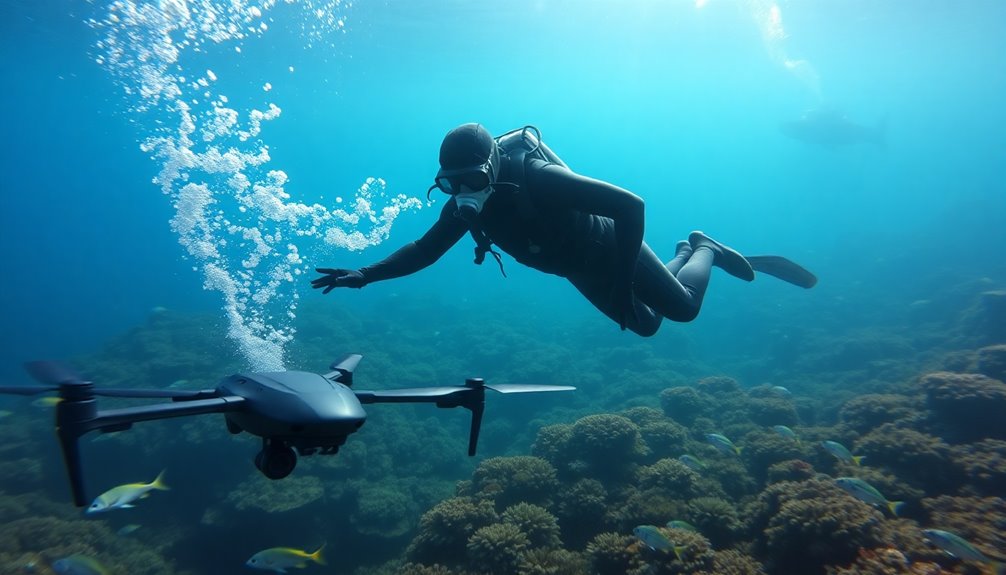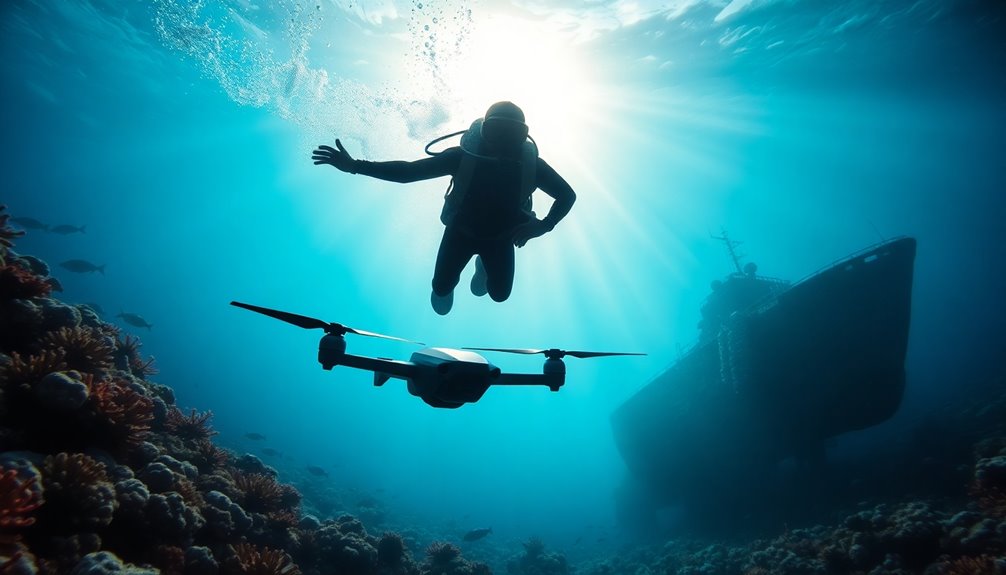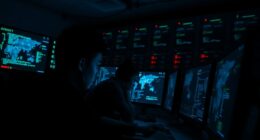
As nations increasingly rely on undersea cables for communication and power, seabed warfare has emerged as a critical domain in modern military strategy. You mightn’t realize it, but operations conducted on the ocean floor significantly impact national security. This includes everything from protecting vital infrastructure like power and telecom cables to conducting oceanographic research.
Seabed warfare is now crucial for national security, protecting undersea cables and infrastructure essential for communication and power.
The scope of seabed warfare is vast, encompassing both defensive and offensive operations, often driven by advanced technologies such as artificial intelligence, uncrewed underwater vehicles (UUVs), and remote sensors. Major powers predominantly possess seabed warfare capabilities due to high costs, underscoring the strategic significance of this domain.
Historically, seabed warfare traces its roots back to the Cold War, when the U.S. executed operations like IVY BELLS to tap into Soviet subsea cables. Over the years, these operations have evolved from simple surveillance to complex missions involving sophisticated technologies. As geopolitical competition intensifies, you can see how seabed warfare has become a vital component of naval strategy, with significant implications for global security and stability.
However, the lack of clear international rules complicates matters, as nations race to enhance their capabilities.
When you consider the key players in this arena, it’s evident that only major powers possess the resources to engage in seabed warfare effectively. Countries like France have integrated seabed operations into their military strategy, while Russia has specialized directorates and vessels designed for such operations.
China is actively developing its capabilities, exemplified by systems like the HSU-001 UUV. Meanwhile, the Netherlands is investing in protective measures for its undersea cables and pipelines, recognizing the potential threats they face.
The platforms and vehicles used in seabed warfare are equally fascinating. Advanced submarines, such as the U.S. Virginia-class and Russian Belgorod Class, are tailored for these missions. UUVs offer stealth and versatility, while remotely operated vehicles (ROVs) provide surveillance and intervention capabilities.
Autonomous underwater vehicles (AUVs) are also gaining importance for deeper operations, supported by specialized vessels that act as motherships.
Defensive operations focus on safeguarding critical infrastructure, employing underwater sensors and buoys for early warning and monitoring. Countries are increasingly forming alliances to bolster their defensive capabilities, although challenges remain due to the covert nature of operations.
On the offensive side, disrupting an adversary’s infrastructure can cripple their communications and supply chains, making seabed warfare a vital consideration in modern military strategy. As you delve into the complexities of this domain, it becomes clear that the stakes are high, and the threats are evolving.









